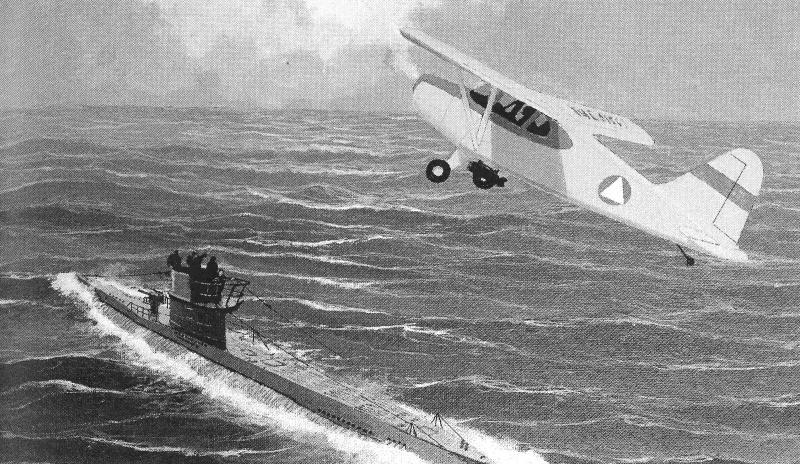Brad Z
Final Approach
I think CAP suffers from the same thing that a lot of volunteers fire department and rescue squads experience: membership of over enthusiastic folks who want to join for lights & sirens, ranks and uniforms (ie prestige), bragging rights, rather than a true commitment to the mission.
It's not that organizationally CAP is flawed in any way, it's more that it's an attractive nuisance for a certain type of person that will ultimately misrepresent the organization. If there is indeed a flaw, it's on the ability of the leadership to weed those type of people out...which is always a challenge when you're dealing with a volunteer organization that always needs resources and leaders who don't want to devote their time to taking on challenging personnel issues.
It's not that organizationally CAP is flawed in any way, it's more that it's an attractive nuisance for a certain type of person that will ultimately misrepresent the organization. If there is indeed a flaw, it's on the ability of the leadership to weed those type of people out...which is always a challenge when you're dealing with a volunteer organization that always needs resources and leaders who don't want to devote their time to taking on challenging personnel issues.


